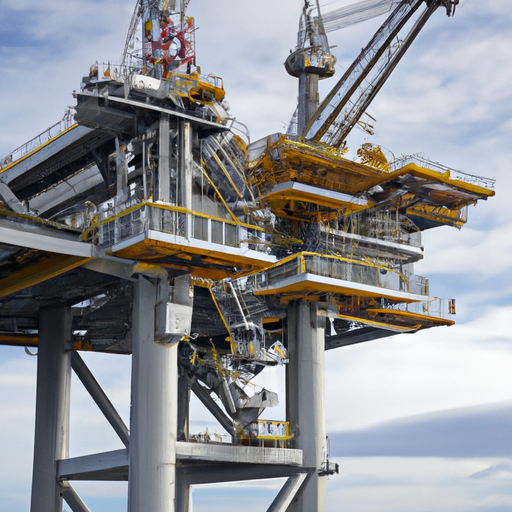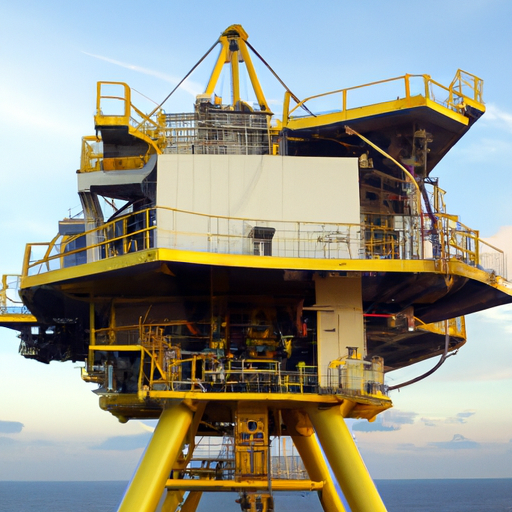Oil Rig Elevators: Ensuring Safe and Efficient Transport on Offshore Platforms

Oil rig elevators play a crucial role in the daily operations of offshore platforms, providing safe and efficient transportation for personnel, equipment, and supplies. These elevators are specially designed to withstand the harsh conditions of the open sea, and their proper maintenance and operation are essential for the smooth functioning of offshore drilling operations.
One of the key challenges faced by oil rig elevators is the need to transport personnel and equipment between the various levels of the platform quickly and safely. This is especially important in emergency situations, where rapid evacuation may be necessary. Oil rig elevators are equipped with advanced safety features, such as emergency stop buttons, interlocks, and overload protection systems, to ensure the safety of passengers at all times.

In addition to safety considerations, oil rig elevators must also be designed to withstand the extreme environmental conditions found on offshore platforms. High winds, heavy seas, and corrosive saltwater can all take a toll on elevator components, leading to increased wear and tear. Regular maintenance and inspection are therefore essential to ensure that oil rig elevators remain in optimal working condition.
The design and construction of oil rig elevators are subject to strict regulatory requirements, which are designed to ensure the safety and reliability of these vital transportation systems. These regulations cover everything from the materials used in construction to the maximum load capacity of the elevator car. Compliance with these regulations is essential for the continued operation of offshore platforms and the safety of their personnel.
In recent years, there have been significant advances in the technology used in oil rig elevators. Modern elevators are equipped with state-of-the-art control systems, which allow for smoother and more efficient operation. These systems can also be integrated with the platform's overall control system, allowing for greater automation and remote monitoring of elevator performance.
Another key development in oil rig elevator technology is the use of advanced materials in their construction. High-strength steel and corrosion-resistant coatings are now commonly used in elevator components, increasing their durability and longevity. These materials also help to reduce maintenance requirements and extend the lifespan of oil rig elevators.
Despite these advances, there are still challenges to be overcome in the design and operation of oil rig elevators. One of the main challenges is the need to balance the demands of safety, efficiency, and cost-effectiveness. Oil companies are constantly seeking ways to improve the performance of their elevators while keeping operating costs to a minimum.
In conclusion, oil rig elevators are an essential part of offshore drilling operations, providing safe and efficient transportation for personnel and equipment. Advances in technology and materials have led to improvements in elevator design and performance, but challenges remain in ensuring the continued safe and reliable operation of these vital systems. By adhering to strict regulatory requirements and investing in regular maintenance and inspection, oil companies can ensure that their oil rig elevators continue to perform at the highest level, even in the harshest of offshore environments.




 8613371530291
8613371530291